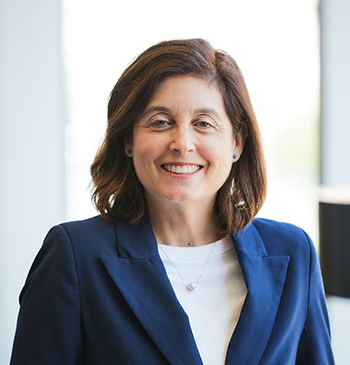
Briefly Noted
The cover story in this issue notes that agencies are trying to clarify the role of the board. With threats of cybersecurity and increased regulation bearing down on banks, it’s hard to find the right balance as a board member in terms of staying educated but not getting lost in the details. To help boards compare themselves to other bank boards, and to stay on top of governance trends, we provide the following bite-sized round-up of issues facing bank boards.
How Much Time Do You Spend on Board Duties?
Not surprisingly, the bigger the board on which you serve, the more hours you spend on board activities. The median time commitment for a bank board of a $250 million to $500 million asset institution was 10 hours per month, compared to 15 hours per month for banks with $500 million to $5 billion in assets, according to Bank Director’s 2017 Compensation Survey.
New York Cybersecurity Governance Requirements Ramped Up
State-chartered banks in New York, except for a few extremely small entities, such as those with less than $10 million in year-end assets, have been contending with the New York State Department of Financial Institutions’ cybersecurity rules, which standardize best practices in cybersecurity. While many banks already have some of the elements in place, such as designating a chief information security officer and implementing a written cybersecurity policy and incident response plan, many may struggle to make sure they are following the new rules to the letter, including filing a notice to the department within 72 hours of the discovery of a breach. A board chairman or senior officer must sign a statement certifying the company has complied with the rules starting on Feb. 15, 2018.
U.S. Beats Other Nations in Technology Expertise
Banks don’t have a lot of board members with technology experience. But interestingly, U.S. and U.K. banks have more than bank boards in other countries, which are even further behind when it comes to technology experience. Of directors serving on large U.S. banks, 15.7 percent have technology experience, compared to 14.3 percent in the U.K., and 8.1 percent in Australia. At Canadian banks, 6.3 percent of their bank board members have technology experience. Chinese banks have just 0.8 percent, according to an Accenture report surveying the boards of 100 of the largest global banks.
How Goes That Executive Session?
A common board practice is for independent members to meet briefly in executive session, without executive management or others in attendance, before and after a board meeting takes place. These sessions should last 10 to 15 minutes on average, according to a working paper published by the Rock Center for Corporate Governance at Stanford University. If they last much longer, that could be a red flag that directors don’t feel comfortable addressing their concerns and asking questions of management, not a good sign from a governance perspective.

Join OUr Community
Bank Director’s annual Bank Services Membership Program combines Bank Director’s extensive online library of director training materials, conferences, our quarterly publication, and access to FinXTech Connect.
Become a Member
Our commitment to those leaders who believe a strong board makes a strong bank never wavers.


